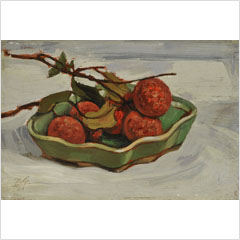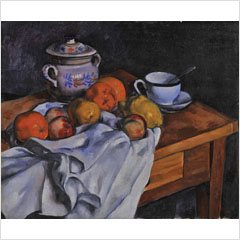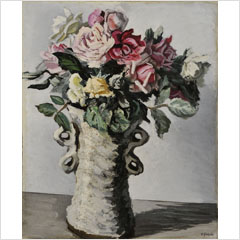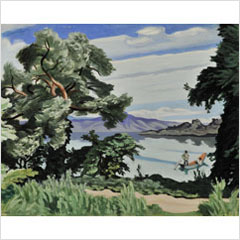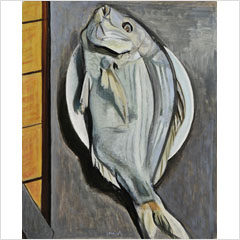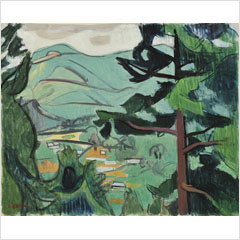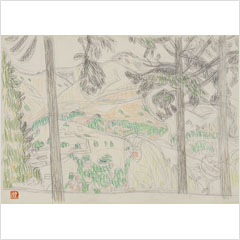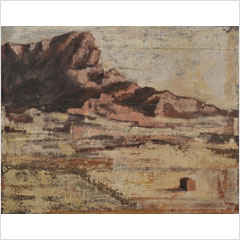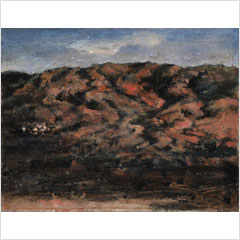
藤島武二
朝熊山より鳥羽の日の出
1930(昭和5)年 油彩・カンヴァス 32.6×45.6cm
Takeji Fujishima
Sunrise over Toba from Mount Asama
1930 (Showa 5), Oil on canvas, 32.6 × 45.6 cm
本作には、三重県伊勢市にある初日の出の名所、朝熊山から望む日の出の光景が麗しく画面に広がっています。藤島が「日の出る前の空の色の美しさ」に感嘆し、「水平線に出來るだけ近い、新しい赤い太陽」が見事に描きあらわされています。
1920年代後半、皇太后府からの依頼をきっかけに、日の出(旭)を求めて日本各地を巡り、さらには台湾やモンゴルにまで及んで取材を重ねました。本作もそうした探求の旅のなかで生み出された一点です。
This work beautifully captures the sunrise as seen from Mount Asama, a famous spot for viewing the first sunrise of the year in Ise City, Mie Prefecture. Fujishima marveled at "the beauty of the sky's color before sunrise" and skillfully depicted "the new red sun as close to the horizon as possible."
In the late 1920s, prompted by a request from the Empress Dowager's Office, Fujishima traveled across Japan in search of sunrises (Asahi), extending his research to Taiwan and Mongolia. This piece was created during one of those exploratory journeys.


